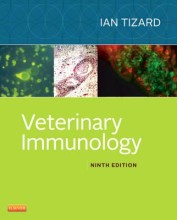Physiology during exercise
7 important questions on Physiology during exercise
Creatine phospate (CP)
- White (glycolytic) muscles contain a relatively large quanity of CP
- Red (oxidative) muscles have a relativley restricted quanity
Creatine phosphokinase (CPK)
Changes in lung ventilation during excercise
- It gradually increases to a consistent level (plateau)
- At the end of the exercise the recovery phase occurs, characterized by an abrupt decrease in ventilation
- Finally, a gradual recovery follow.
- Higher grades + faster learning
- Never study anything twice
- 100% sure, 100% understanding
Stethosocpe: What reflectthe end of the sounds you hear?
- The end of the sounds reflect the diastolic blood pressure
Increasing power output
- The diastolic blood pressure remains similar
Increase in heart rate during exercise
- parasympathetic inhibits the SA node
Difference in heart rate between trained and untrained
- Maximum heart rate is estimated at 220 minus your age at years
- It is expected that trained individuals reach their maximum heart rate at higher oxygen consumption level
The question on the page originate from the summary of the following study material:
- A unique study and practice tool
- Never study anything twice again
- Get the grades you hope for
- 100% sure, 100% understanding





























